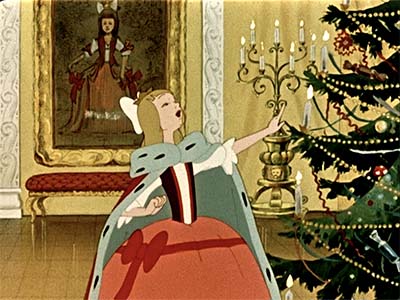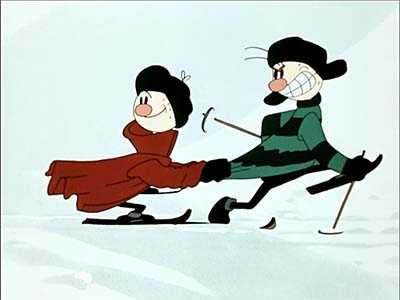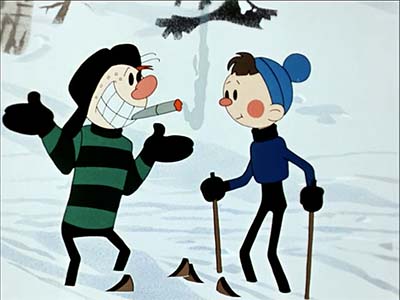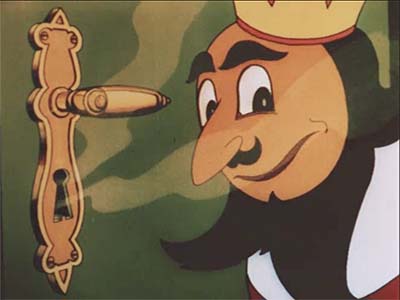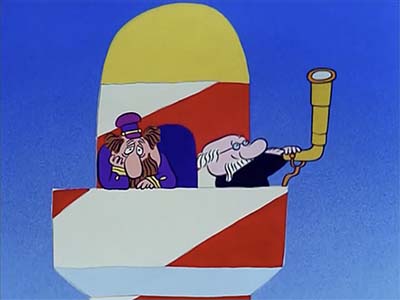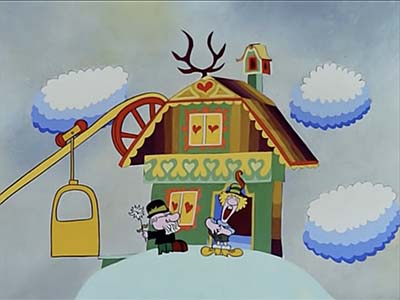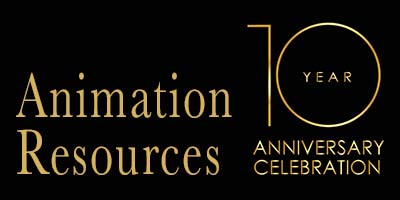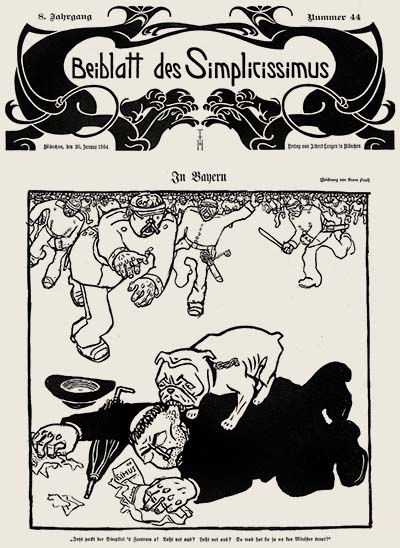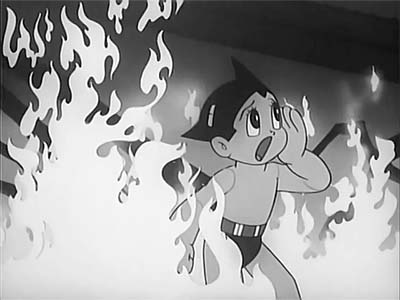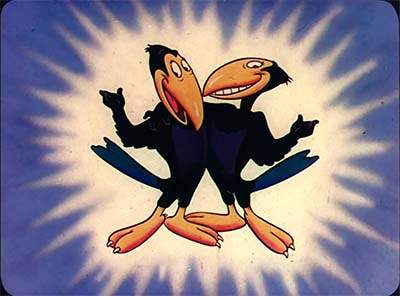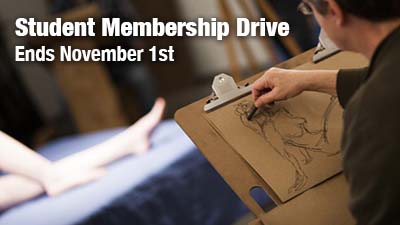People who aren’t members of Animation Resources don’t understand how comprehensive our Reference Packs are. Over the next couple of weeks, we will be posting what each section of our current RefPack looks like. If you are a member of Animation Resources, click on this post to go to the Members Only page. If you aren’t a member yet, today is the perfect time to join! Our current Reference Pack is one of our best yet, and General and Student Members get access to a special Bonus Archive with even more material from past Reference Packs.
What are you waiting for?![]()
JOIN TODAY!
https://animationresources.org/membership/levels/

The world of animation is much bigger than it might appear to us at first glance. We are all familiar with the films we grew up with, but Hollywood wasn’t the only place that produced great cartoons… Poland, Japan, Russia, China and Europe all have their own traditions and a rich history of animated film making. Animation Resources’ archive contains many foreign films that are rarely seen in the United States. We feature a sampling of interesting animation from around the world in each Reference Pack.
Twelve Months
![]()
Ivan Petrovich Ivanov-Vano / Soyuzmultfilm, Russia / 1956
Download this article
The plot of this animated feature is pretty complicated, so all I have room for here is a synopsis…
A young girl is queen of a kingdom. Because she achieved her position at such a young age, she is self-centered and entitled, and believes she knows everything. She refuses to be taught. Her professor tries to teach her about botany and the names of various flowers. The young queen announces that she wants April to arrive so she can have the Spring flower, snowdrops. The Professor explains that this isn’t possible because it is the dead of winter, but the girl doesn’t listen. She makes a royal proclamation that whoever brings her a basket of these flowers will receive a basket full of gold and a fur coat.
A poor woman and her daughter hear of this proclamation and dream of receiving the reward for themselves. But they are too lazy to search for the snowdrops themselves. They resolve to make the step-daughter do it for them. As soon as her step-daughter returns home after gathering firewood, the wicked woman sends her back out into the woods to search for the impossible to find snowdrops. She tells her not to come back until she’s found them.
The girl searches through the snow with no luck and becomes very cold. She stumbles across a glade where twelve brother months have lit a fire to warm themselves. She tells them her story about her search for the elusive snow drops. They listen carefully; and when she is done, Brother April asks his brothers to allow him an hour or so to help her. They agree and the season magically changes just long enough to allow her to collect the snowdrops. Brother April gives her a magic ring… If she ever encounters trouble, all she needs to do is to throw the ring and call for them, and all twelve brother months will come to her aid.
Exhausted from her adventure, the step-daughter returns home and falls asleep. The wicked woman and her daughter steal the snowdrops and magic ring and head for the royal palace to collect the reward for themselves. The young queen is pleased and orders them to tell her where they found the flowers in the dead of Winter. Not knowing where, the woman and her daughter invent a tale about a wonderful place in the forest that grows flowers, mushrooms and berries, even in Wintertime.
The young queen decides she wants to go to this wonderful place and calls to her court to prepare for a trip. Their bluff called, the mother and daughter are forced to admit that they weren’t the ones that found the snowdrops— it was the step-daughter. So the queen takes all three of them into the woods to find the place. The step-daughter complains that the woman and her daughter stole a ring from her. The young queen makes them return it to her.
The young queen demands that the step-daughter tell her where she found the snowdrops. The girl refuses, and the bratty queen threatens to execute her and orders her guards to strip her of the fur coat. Finally, the queen snatches away the ring and tosses it into a hole in the ice. The step-daughter quickly speaks the magic words summoning the Brother Months and runs away.
All at once it becomes Springtime… and then Summer and they all take off their fur coats… then comes Autumn with its heavy rains. The drenched young queen freezes as the Winter comes again. A blizzard sweeps away the fur coats, and the queens attendants abandon her, fleeing back to the palace. The queen is left alone in the cold with one old soldier and her professor. The horses are gone so they can’t use the sled to get home.
Out of the woods comes Brother January. He promises to grant their wishes. The young queen wishes to return home to her palace. The professor wishes for the seasons to return to normal. The soldier wishes for a warm fire. And the wicked woman and her daughter wish for nice dog fur coats.
January begins with the dog fur coats. But the woman and her daughter begin to squabble, so he magically transforms them into dogs. They harness the dogs to the sled and try to head home, but they don’t get very far. The old soldier joins the Brother Months at their fire. Here he finds the step-daughter who now has beautiful furs and a team of Snow White horses. The soldier suggests to the queen that they ask to borrow the horses to pull their sled back to the castle. But the queen doesn’t ask… she demands, offering the step-daughter wealth and power in exchange. The step-daughter refuses.
The old soldier explains to the haughty queen that it is better to ask nicely than to demand. She capitulates and asks nicely with a “please”. As soon as she does this, the step-daughter lends them her horses and furs with pleasure. They all head back to the palace, wishing the Brother Months a Happy New Year.
MP4 Video File / SD / 54:57 / 1.61 GB Download
SD VIDEO:
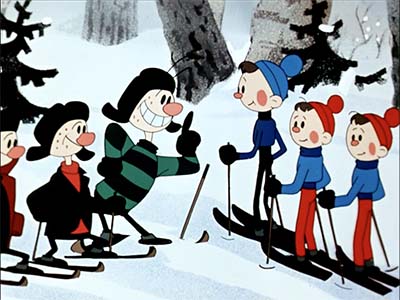
Snowy Roads
![]()
Boris Dyozhkin / Soyuzmultfilm, Russia / 1963
Boris Dyozhkin, the director of Snowy Roads, was one of the most respected and prolific animators in Russia. In the 1930s, he broke with other Soviet artists who rejected the Western style, studying Fleischer and Disney films frame by frame to break down the techniques being used. His study led him to an unique understanding of the synchronization of rhythm between music and motion, which made him one of the most sought after timing directors at the studio. He was also unique among the directors at Soyuzmultfilm because he animated extensively on his own films. This gives them more of an unique personal style than other films at the time.
During WWII, Dyozhkin was staying at the home of fellow animator Roman Davydov when the Nazis bombed the area from the air. He threw himself over his wife to protect her from the blast, saving her life, but he lost his left eye to a shell fragment.
Dyozhkin is best known for a series of comedy shorts based on teams competing in various sports— hockey, boxing, track and field, etc. This one is on skiing. As you watch "Snowy Roads", notice how the movement perfectly mirrors the rhythms in the music. It’s a brilliant example of musical timing (see our previous podcast on that subject.) He really gets the most out of the simple character designs by focusing on strong line of action, clear silhouettes and big contrasts. It’s a very appealing style of animation that seems much more modern than its six decade age.
This film has no dialogue and the action speaks for itself, so I won’t provide a synopsis. We think you are really going to find a lot to like this film. Like John Sibley’s animation in Disney’s Goofy sports cartoons, the action can be very extreme and still maintain perfect clarity.
MP4 Video File / SD / 10:27 / 155 MB Download
SD VIDEO:
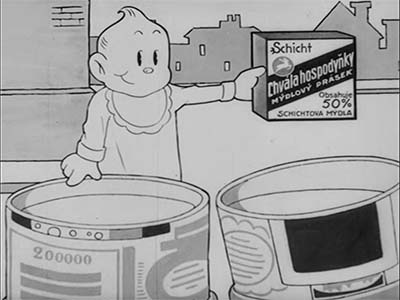
Two Czech Commercials
![]()
Johnnie Loves It Clean 1932 / The Unforgettable Poster 1937
Animation Resources’ digital archive recently received a batch of early Czechoslovakian animated films. Among them were these two animated commercials. We tend to think of commercials as being primarily from the television era, but in the 1930s, a great deal of advertising animation was produced for theaters. These two examples are interesting examples, and the illustrate how influential Disney and Fleischer cartoons were, even in Europe.
The history of animation in Czechoslovakia goes back to the 1920s. I believe the two films we are sharing with you here are by Karel Dodal, who not only produced advertisements (some featuring Felix the Cat), but also puppet and experimental films. The first advertisement, "Johnnie Likes It Clean" looks very much like a contemporary American cartoon. The notes that came with these films were sparse and all in the Czech language, so we don’t know much about them. If you have information you can share with us, please drop us a line.
MP4 Video File / SD / 04:22 / 65 MB Download
MP4 Video File / SD / 03:24 / 37 MB Download
SD VIDEO:
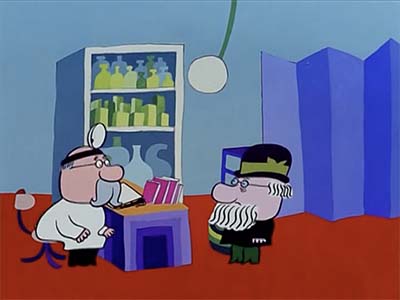
Professor Balthazar in "Lighthouse Keeping"
![]()
Zlatko Grgic / Zagreb Films, Croatia / 1967
In a previous Reference Pack we featured several Maxi-Cat mini-cartoons by Zlatko Grgic, a Croatian animator who later emigrated to Canada to join the Canadian Film Board.
Grgic is best known for his series of cartoons featuring the character Professor Balthazar, an old man who solves problems for his friends by creating inventions with a magical machine. Produced between 1967 and 1973, the series ran all over the world. Its silent pantomime with voice over narration made it easy to translate to other countries It aired everywhere from New Zealand to Romania to Zimbabwe. In the United States it was featured on Chuck Jones’ television program, Curiosity Shop.
Altogether there were 59 episodes of Professor Balthazar produced between 1969 and 1978. We will be sharing more with you in upcoming Reference Packs.
MP4 Video File / SD / 09:05 / 89 MB Download
More members mean we can bring you more special downloads.
JOIN TODAY To Access Members Only Content
Animation Resources is one of the best kept secrets in the world of cartooning. Every month, we sponsor a program of interest to artists, and every other month, we share a book and up to an hour of rare animation with our members. If you are a creative person interested in the fields of animation, cartooning or illustration, you should be a member of Animation Resources!
It’s easy to join Animation Resources. Just click on this link and you can sign up right now online…
JOIN TODAY!
https://animationresources.org/membership/levels/
![]()
![]() Animation Resources depends on your contributions to support its projects. Even if you can’t afford to join our group right now, please click the button below to donate whatever you can afford using PayPal.
Animation Resources depends on your contributions to support its projects. Even if you can’t afford to join our group right now, please click the button below to donate whatever you can afford using PayPal.














